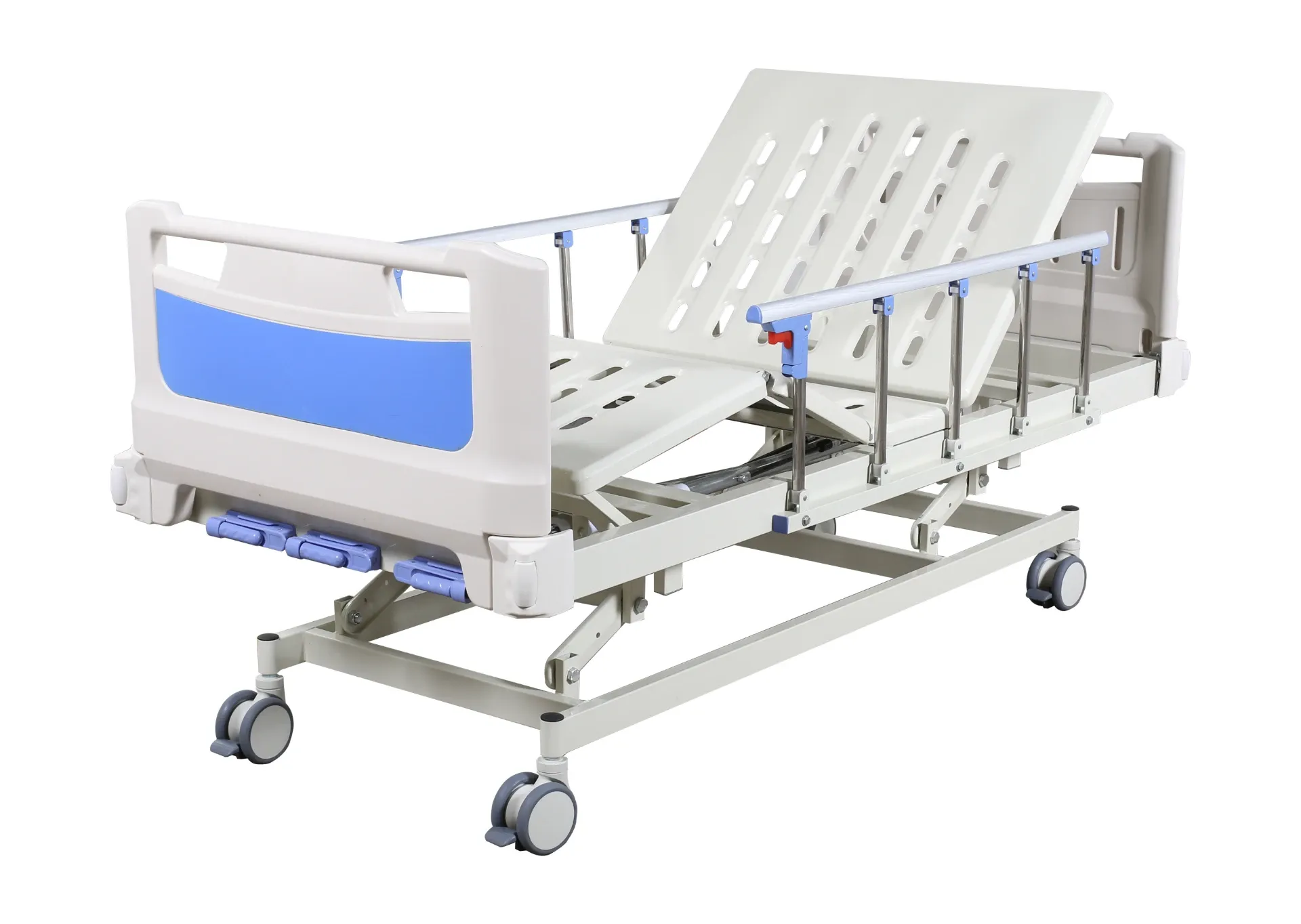Welcome to our websites!
Exploring the Availability of Beds in Care Homes for Enhanced Senior Living
Understanding the Importance of Care Home Beds in Senior Living
As the global population ages, the demand for suitable accommodation and care for elderly individuals intensifies. One of the most critical elements in this spectrum is the availability and quality of care home beds. Care homes serve as essential facilities designed to provide support, health care, and a sense of community for seniors who can no longer live independently. This article explores the significance of care home beds, their types, and the factors influencing their availability.
The Role of Care Home Beds
Care home beds are more than just places to sleep; they represent a vital component of the broader care system dedicated to the elderly. Such facilities are designed to cater to various needs ranging from basic assistance to specialized medical care. The presence of care home beds ensures that seniors receive support for daily activities, including bathing, dressing, and medication management, enhancing their quality of life.
Moreover, care homes offer a social environment where residents can interact with peers, reducing feelings of isolation and loneliness. This social integration is crucial for mental health and overall well-being. Therefore, the availability of care home beds directly influences the quality of care and living standards for the elderly population.
Types of Care Home Beds
Care home beds can generally be categorized into several types based on the level of care provided
1. Residential Care Beds These beds are for individuals who require assistance with daily living activities but do not need extensive medical care. Staff members provide help with meals, personal hygiene, and social activities.
2. Nursing Care Beds Residents in these beds receive more intensive health care support, including regular monitoring by nursing staff. This level is appropriate for those with chronic illnesses or recovering from surgery.
3. Memory Care Beds Specifically designed for individuals with Alzheimer’s disease or other forms of dementia, memory care beds provide specialized support and a secure environment to ensure residents' safety and well-being.
4. Palliative and Hospice Care Beds These beds focus on providing comfort and support for individuals with terminal illnesses. The aim is to enhance the quality of life during the final stages, ensuring dignity and compassion in care.
care home beds

Factors Affecting Availability of Care Home Beds
The availability of care home beds varies significantly depending on several factors
1. Demographics As the baby boomer generation ages, the demand for care home beds has surged. Areas with higher populations of seniors often experience a greater need for such facilities.
2. Funding and Policies Government policies and funding play a crucial role in the establishment and maintenance of care homes. In regions where public health funding is robust, there are typically more care home beds available.
3. Quality Standards The standards and regulations governing care homes influence their capacity and quality. Facilities that prioritize high-quality care may have longer waiting lists due to restricted bed availability.
4. Societal Attitudes Cultural attitudes towards aging and institutional care can affect the willingness of families to seek care home solutions. In cultures that emphasize family-based care, there may be less demand for formal care home beds.
The Future of Care Home Beds
Looking ahead, there is a pressing need for innovation in the care home sector to address the increasing demand for beds. Solutions may include enhancing the efficiency of existing facilities, investing in technology for remote monitoring and care, and promoting home-based care options as alternatives to traditional care home settings.
Additionally, policymakers and stakeholders must prioritize the expansion of care home beds to ensure that all seniors have access to the care they need. This includes supporting the development of new facilities, improving the recruitment and training of staff, and implementing programs that prioritize the wellness of residents.
Conclusion
Care home beds are fundamental to our approach to elderly care, serving as places of support, healing, and community. As the population continues to age, it is vital to prioritize the expansion and enhancement of these facilities to ensure that seniors can live their later years with dignity and care. By understanding the importance of care home beds, we can better address the needs of our aging population and create a society that values and supports its elders.
-
Transforming Healthcare with Hospital FurnitureNewsJun.24,2025
-
Rehabilitation EquipmentNewsJun.24,2025
-
Mobility and Independence with WheelchairsNewsJun.24,2025
-
Freedom of Mobility with Our Rollator WalkersNewsJun.24,2025
-
Comfort and Independence with Commode ChairsNewsJun.24,2025
-
Bathing Safety and Independence with Shower ChairsNewsJun.24,2025
-
Navigating the Wholesale Landscape of Electric Mobility Solutions: Key Considerations for Power Wheelchair DealersNewsJun.10,2025











